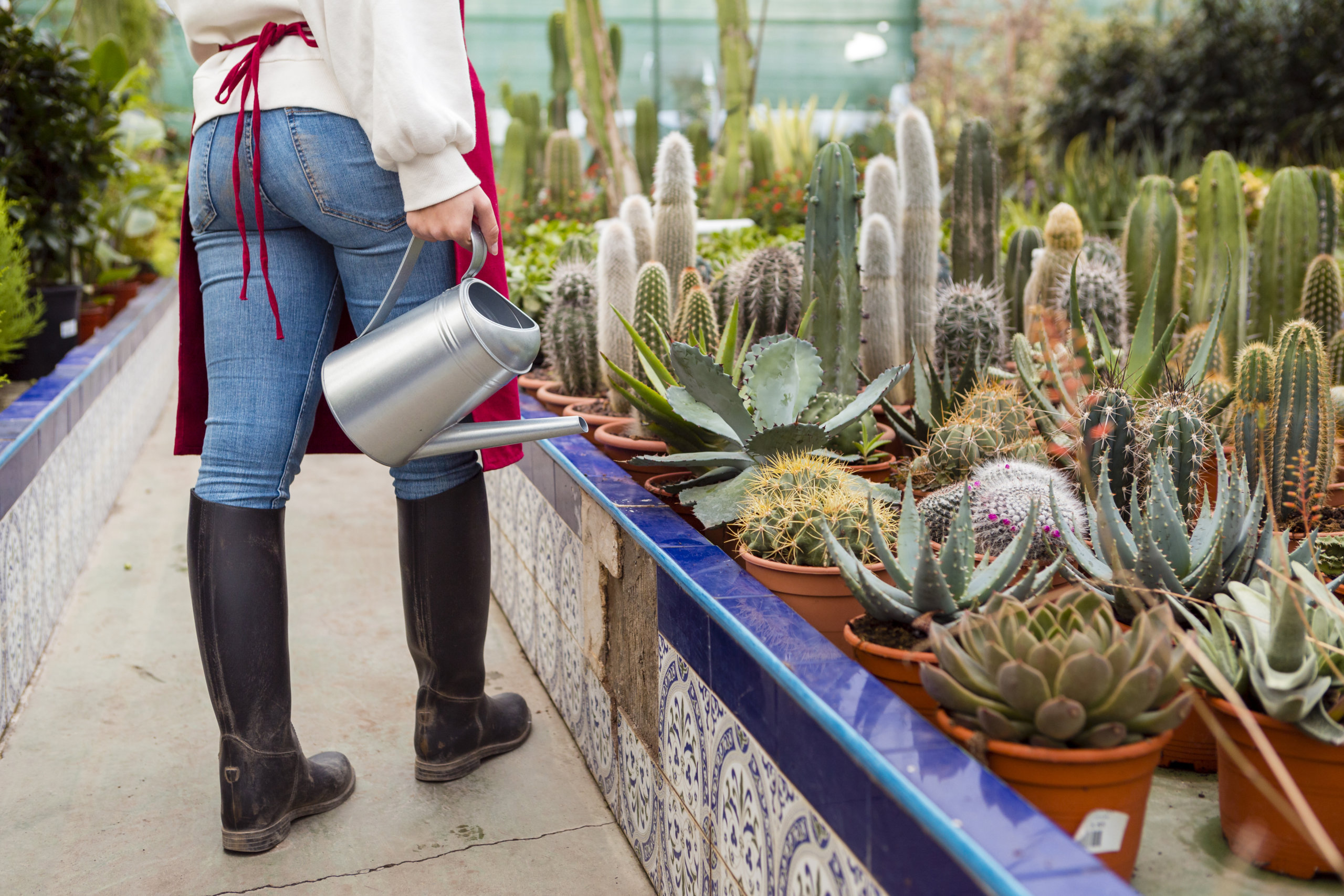Fertilizing Succulents
Fertilizing succulents can seem tricky, but it’s actually simple once you know what they need. Succulents grow best when you use the right fertilizer in the right amounts, giving them nutrients without causing damage.
Many people are surprised to learn that feeding your succulents just once or twice a year can be enough at a minimum for them to survive, depending on where they are grown. However, for your succulents to truly thrive, not just survive, a more consistent, yet still diluted, feeding schedule during their growing season is generally more beneficial.
You don’t have to buy special products to keep your succulents healthy. Options like compost tea or light liquid fertilizers work well. Understanding a few basic tips for feeding your plants will make sure they stay strong, plump, and colorful.
Key Takeaways
- Learn how often and how much to feed your succulents.
- Choose the right fertilizer to match your plants’ needs.
- Follow simple steps to avoid common fertilizing mistakes.
Understanding Succulent Nutritional Needs
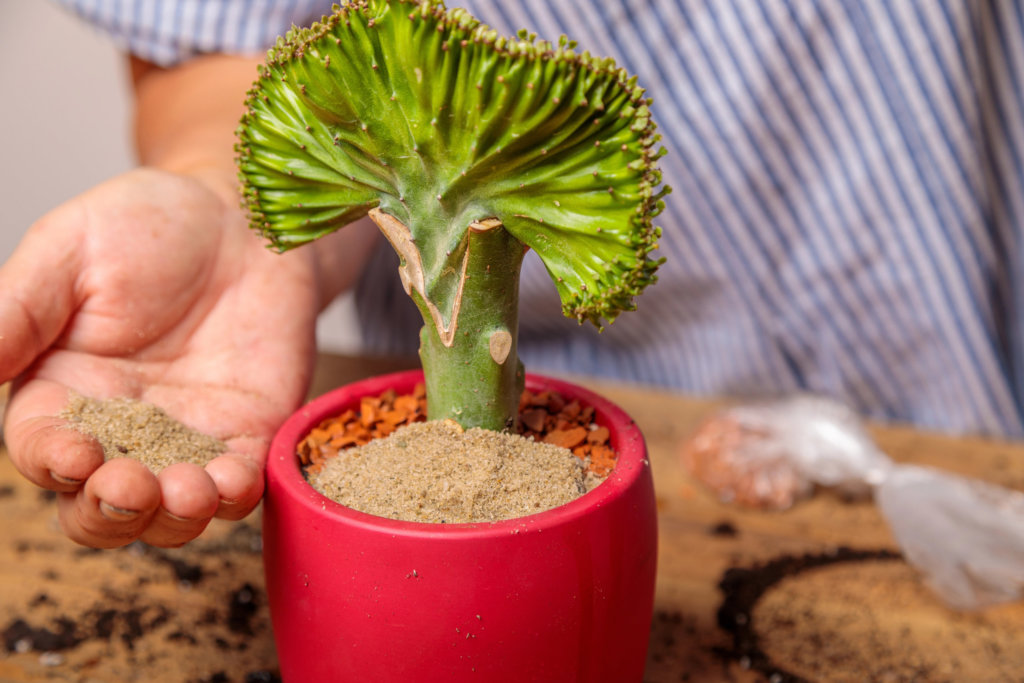
Succulents need specific nutrients to stay strong, grow well, and keep their vibrant colors. Their needs are not the same as other common houseplants, and signs of deficiency can be easy to miss if you don’t know what to look for.
Essential Nutrients for Healthy Growth
Succulents rely on three main macronutrients: nitrogen (N), phosphorus (P), and potassium (K). Nitrogen supports leaf and stem growth. Phosphorus is important for healthy roots and flower production. Potassium helps with disease resistance and overall plant health.
Your succulents also require small amounts of micronutrients like calcium, magnesium, and iron. These help with functions such as chlorophyll production and enzyme activity.
Succulents need less fertilizer than most other plants because they naturally grow in poor soils. Over-fertilizing can harm them, while the right balance supports healthy, steady growth.
Signs of Nutrient Deficiency
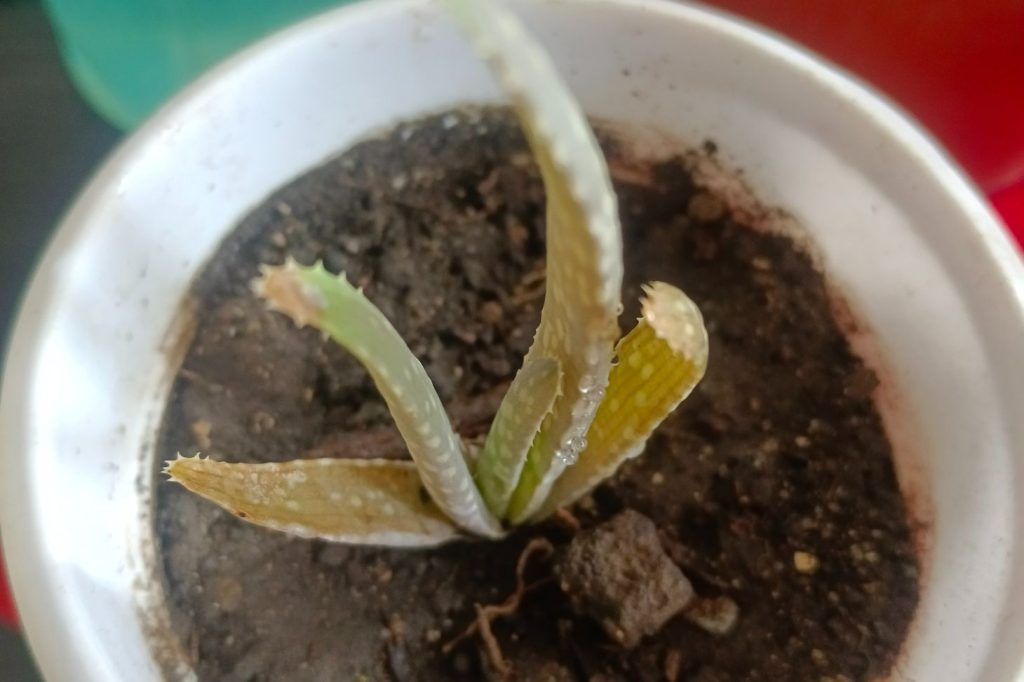
When your succulent lacks nutrients, you might notice changes in leaf color, texture, or growth rate. Pale or yellow leaves usually mean a nitrogen shortage. Leaves with yellowing between the veins may indicate iron deficiency. Weak or thin stems and fewer blooms can point to a lack of phosphorus or potassium.
Other signs include slow growth, smaller leaves, and dropping older leaves. Browning on leaf edges might come from not getting enough potassium. Watch for these clues in both new and old leaves, as deficiencies can show up differently depending on the nutrient.
Regularly check your plants for these signs and make small adjustments to your care routine. Catching problems early helps prevent bigger issues.
Comparing Succulent and Houseplant Fertilizer Needs
Succulents don’t need as much fertilizer as most common houseplants. Regular houseplants often grow in rich potting mix and need more frequent feeding. Succulents are adapted to survive in soils that are low in nutrients.
Use a balanced, low-strength fertilizer made for succulents or mix general-purpose fertilizer at half strength. Succulents should typically be fertilized once a month during the growing season for optimal growth.
Too much fertilizer can make succulents weak and cause root problems. Always read the label and avoid heavy or frequent applications. Choose products with good drainage and avoid formulas high in nitrogen. This keeps your succulents healthy without risking over-fertilization.
Choosing the Best Fertilizer for Succulents
Succulents do best with fertilizers that match their unique needs for light feeding and fast drainage. Both the ingredients and the form of the fertilizer will affect how well your plants grow.
Organic vs. Synthetic Fertilizers
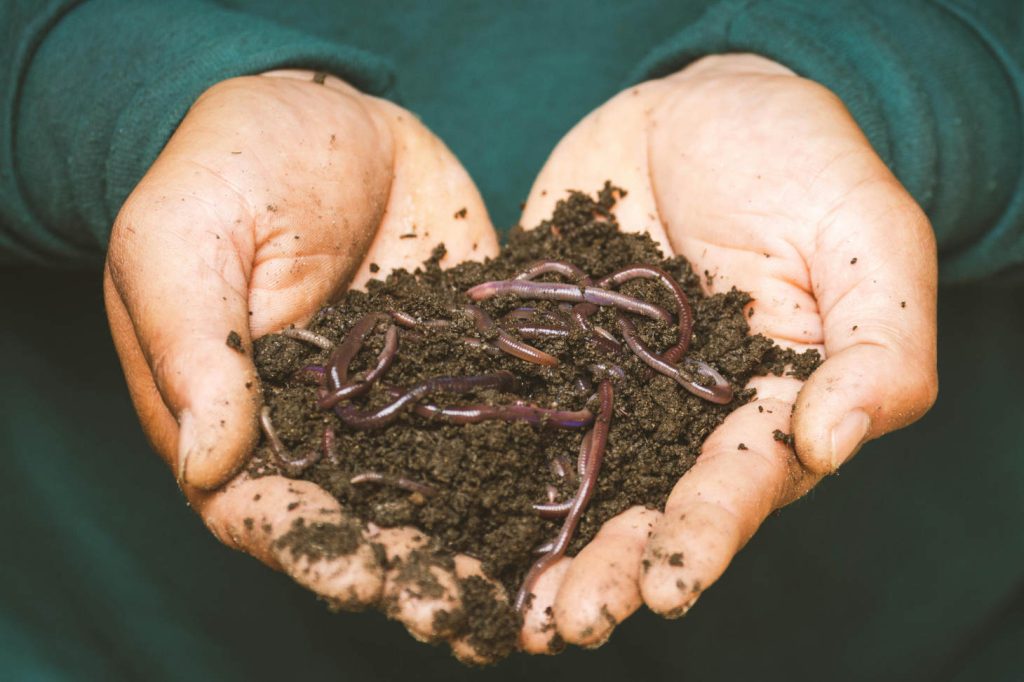
Organic fertilizers, like worm castings or compost, release nutrients slowly and add helpful microbes to your soil. These are usually less likely to burn your succulents because they are gentle and natural. If you want to promote long-term soil health, organic options are a good choice.
Synthetic fertilizers are made in factories and tend to work faster. They give precise amounts of nutrients with each use and are easy to measure and dilute. Synthetic options can be good if your plants need a quick nutrient boost, but overuse may lead to salt buildup or root damage.
You should choose organic fertilizers if you prefer a slower, more natural approach and want to improve your soil each year. Go with synthetic fertilizers if you want fast results or need to treat specific problems.
Recommended N-P-K Ratios
For succulents, the right balance of nutrients is important. Look for an N-P-K ratio with low nitrogen, such as 2-7-7 or 1-3-2. High nitrogen can cause weak, fast growth and floppy leaves, while too much phosphorus or potassium is rarely needed.
Always dilute liquid fertilizers to half or quarter strength, unless the label advises otherwise. This helps prevent damage to the roots.
Granular vs. Liquid Fertilizer Forms
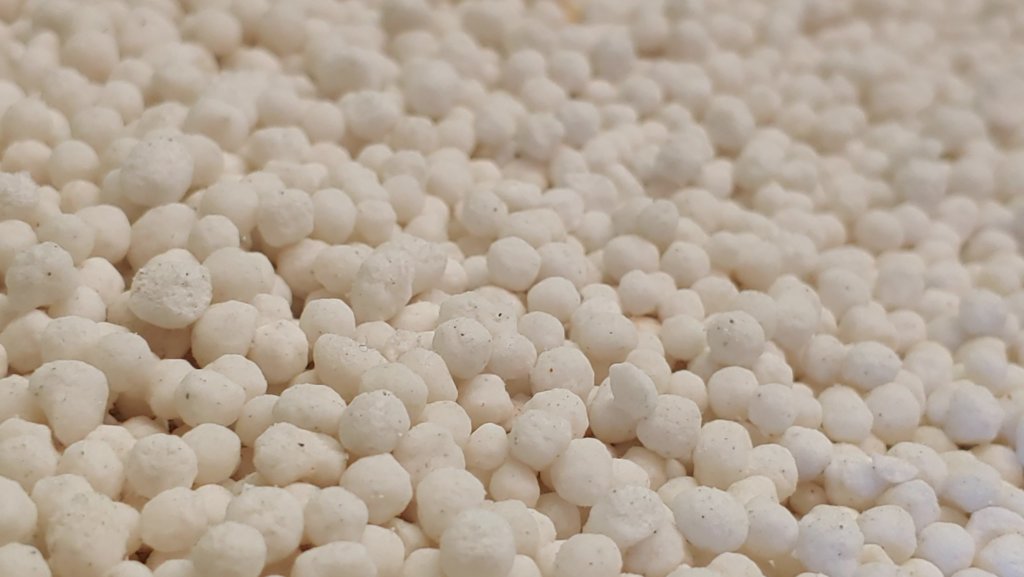
Granular fertilizers are dry pellets or powders that you sprinkle on top of the soil or mix into the medium. They release nutrients over time, especially if you water from above. These are easy to use if you only want to fertilize once a month or less.
Liquid fertilizers are mixed with water and applied as you water the plant. They’re absorbed quickly, letting you control exactly how much your succulents get. Most liquid formulas need to be applied once a month during the growing season.
If you want precise control and fast results, choose liquid fertilizer. If you prefer less frequent feeding, granular forms may be easier.
Slow-Release Options
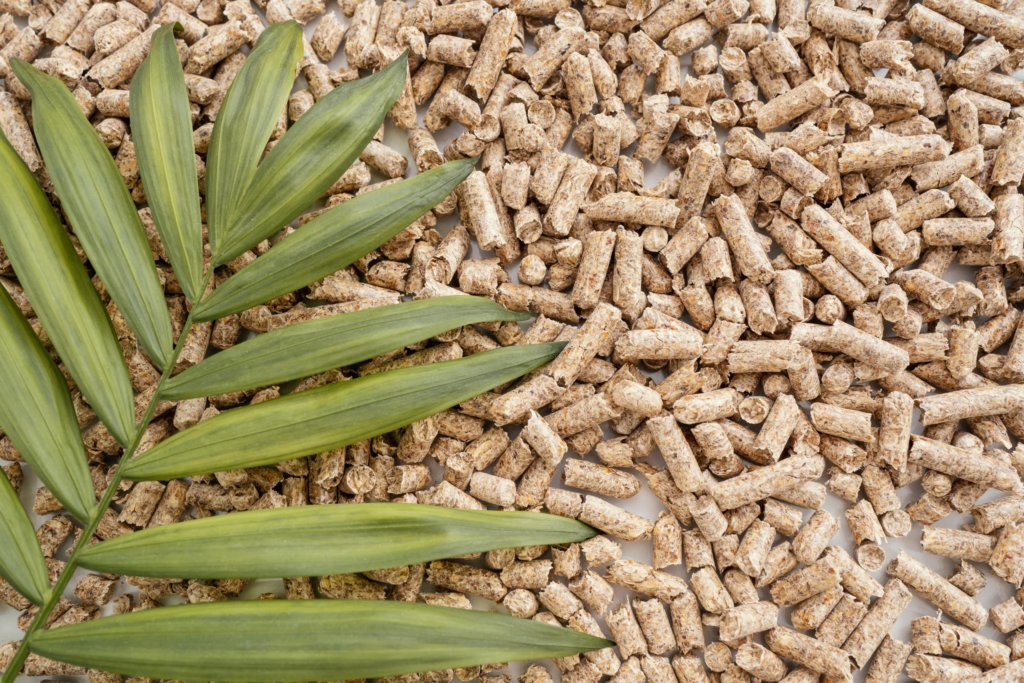
Slow-release fertilizers come as pellets, spikes, or capsules. They break down gradually, providing steady nutrients for several months. This is useful if you travel often or forget to fertilize on schedule.
Some slow-release products are designed specifically for succulents and cacti. Look for those to avoid burning sensitive roots. Spikes and capsules can be pushed into the soil, while coated pellets are sprinkled on top.
Slow-release fertilizers cost more up front, but they save you time and effort throughout the season. Check the packaging for how long each product lasts, and only apply during your succulents’ active growth periods.
Proper Fertilizing Techniques for Succulents
Fertilizing succulents takes careful planning and the right products. You need to pay close attention to how, when, and how much fertilizer you use to avoid harming your plants.
How and When to Apply Fertilizer

Succulents need fertilizer most during their active growth periods, which are usually in the spring and summer.
Apply fertilizer to the soil, not the leaves, to keep the foliage safe from burns or other damage. Early to mid-spring is a good time for the first feeding. Some small succulents in pots may need food once a month in their growing season, while larger plants or those outside may need less frequent feeding.
Steps to Follow:
- Check your plant’s needs, age, and growing conditions.
- Choose a balanced or low-nitrogen fertilizer.
- Water the soil before and after fertilizing to help nutrients soak in.
Do not feed succulents during winter or when the plant is dormant. Timing keeps the plant strong and avoids unwanted growth.
Dilution and Application Tips
Succulents are sensitive to strong fertilizers, so always dilute the product.
Mix fertilizer with water before applying. Pour the diluted mixture directly onto the soil, not on the leaves. This helps roots absorb nutrients safely and evenly.
Use a measuring cup or syringe for accuracy. Mistakes in dilution can stress or burn roots.
Never use undiluted fertilizer on succulents. Always follow label instructions and err on the side of using less, not more.
Avoiding Overfertilization
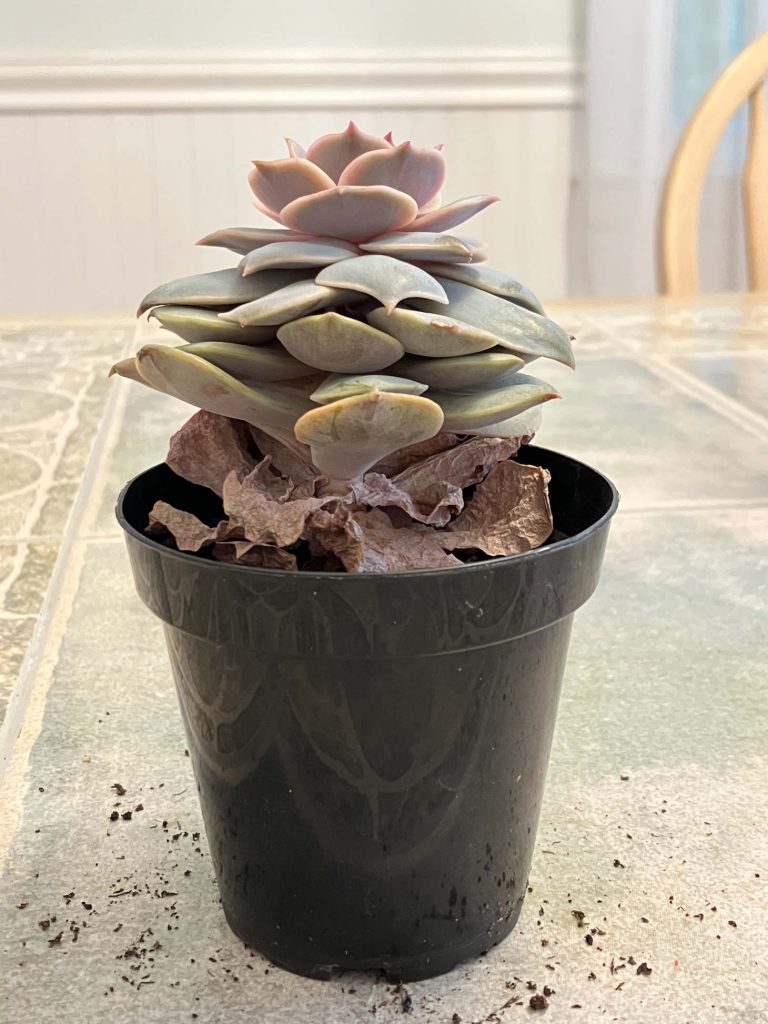
Overfertilization can damage succulents and lead to weak, leggy growth.
Signs of too much fertilizer include yellowing leaves, stunted growth, or leaf drop. Avoid these problems by strictly following the dilution and timing tips above.
Fertilize plants according to their specific needs and fertilizer type; liquid fertilizers may be used monthly during the growing season, while slow-release types are applied less frequently. When in doubt, use less fertilizer.
Flush the soil with water every few months to remove unwanted minerals. This keeps roots healthy and helps prevent buildup.
If you notice changes in your plant, stop fertilizing and water with plain water for a few weeks before resuming any feeding.

